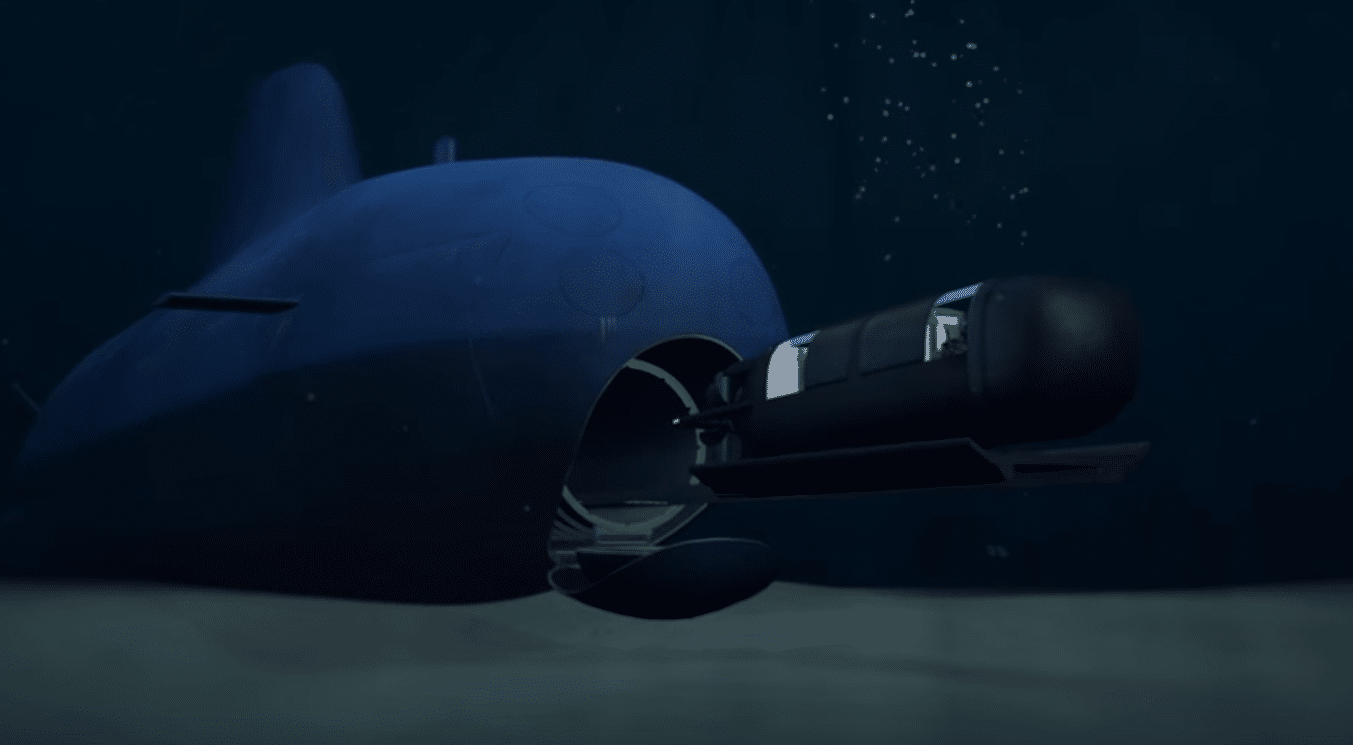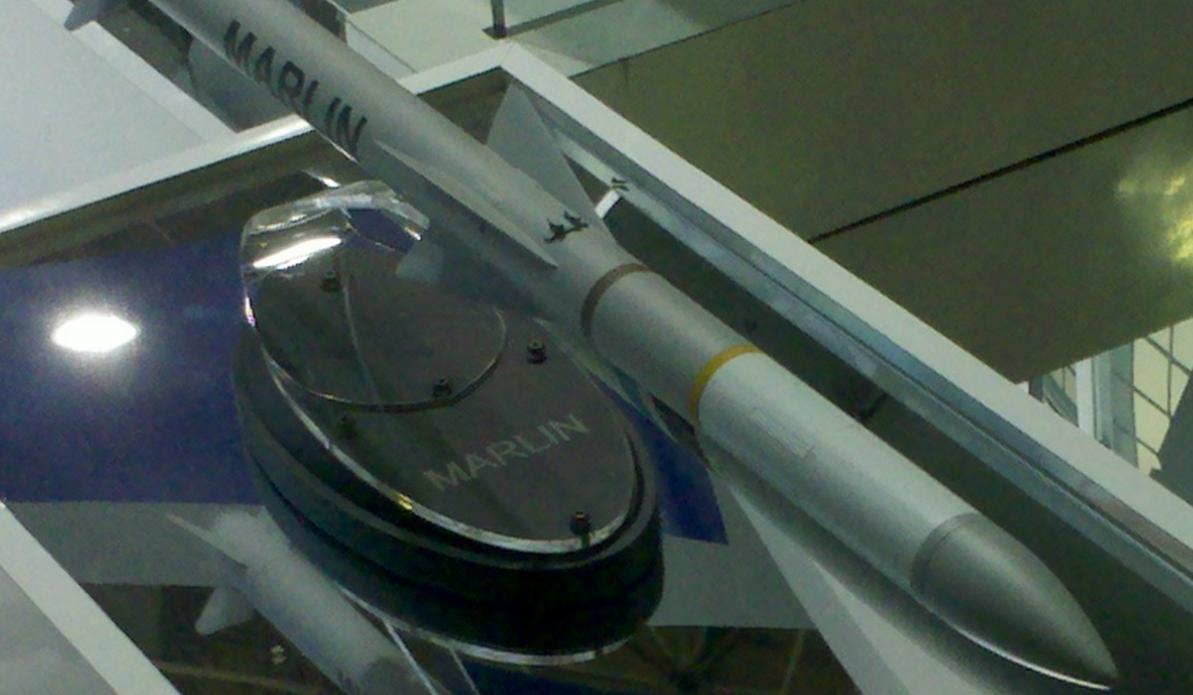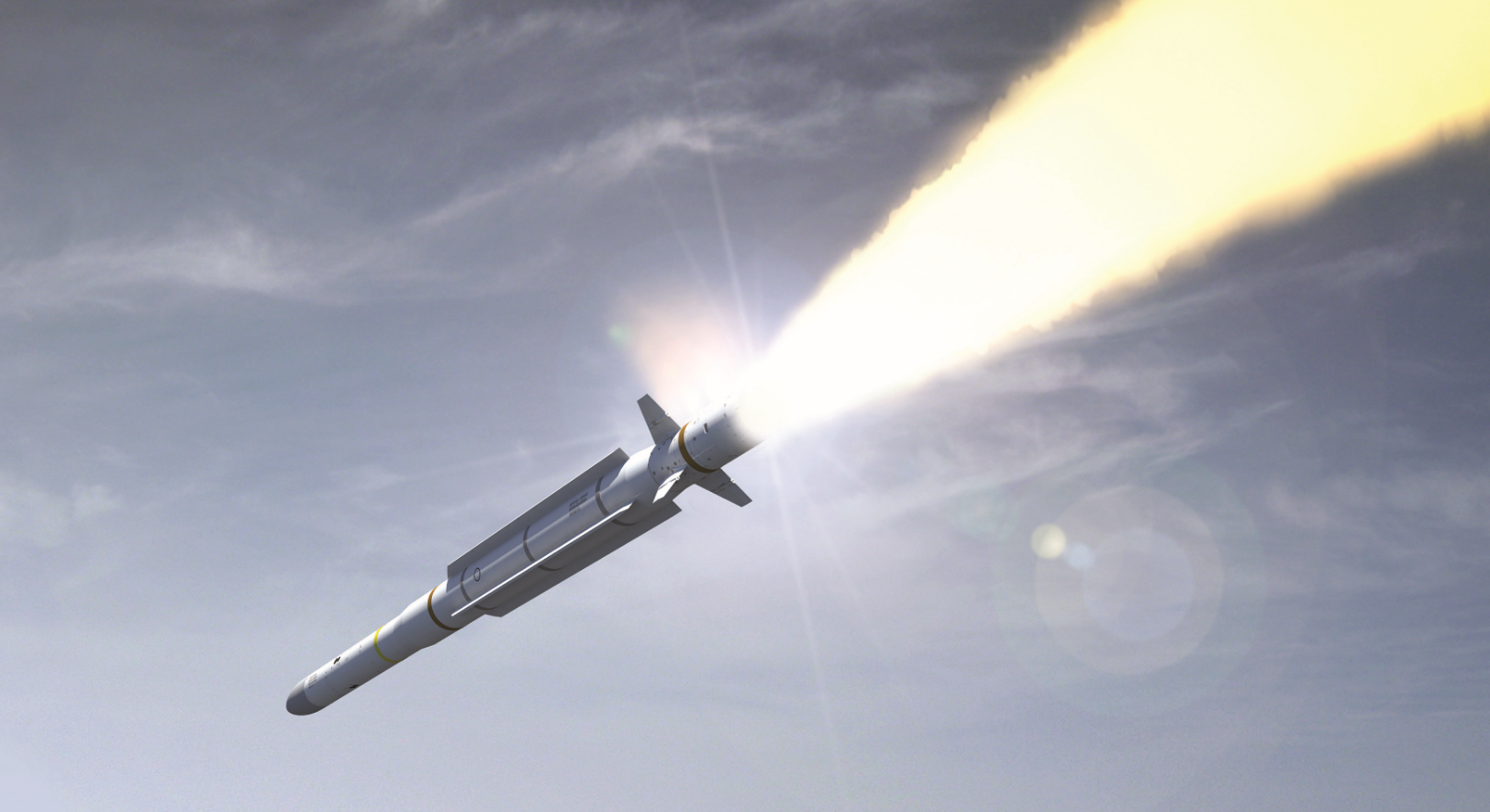2401Views 7Comments

Profile: BMT Defence Services Wyvern and Vidar 7 submarines
The British land and naval defence engineering design and contractor BMT Defence Services is marketing a range of naval designs that it terms as “capable, credible and cost-effective.” These include the Vidar-7 and Wyvern series of small – specifically sub-1,000-ton – diesel electric submarines (SSK). Although these are simply designs on paper, the embodying concepts and objectives position the Vidar-7 and Wyvern as promising naval solutions – if brought to fruition and operational use.
Regarding specifications, the Vidar-7 and the Wyvern have surface displacements of 700 and 720 tons, respectively (submerged: 950 and 860 tons, respectively). Their hull lengths are identical at 46 metres.
In terms of performance, the Vidar-7 and Wyvern have identical maximum diving depths and speeds of 200+ m and 18 knots each. Both platforms are equipped with four torpedo tube launchers for heavyweight torpedoes and/or anti-ship missiles (AShM).
Besides displacement, the Vidar-7 and Wyvern differ in their respective ocean-going ranges at 4,000 nm and 3,000 nm, respectively. Below its torpedo tubes, the Vidar-7 uses a “reconfigurable payload tube” that can deploy swimmer delivery vehicles (SDV), unmanned underwater vehicles (UUV) and “mission-specific stores and equipment.” The Wyvern can deploy the same, but through a “forward access trunk.”
Both models can be equipped with optional air-independent propulsion (AIP). For the Wyvern, BMT says that a Stirling system would provide four days of submerged endurance (without snorkelling). Overall, the Wyvern has an endurance of 20 days. The Wyvern and Vidar-7 each require a crew of 15, but that can be stretched to 21 each to accommodate six special operations forces (SOF) personnel, such as frogmen.

The Vidar-7 and Wyvern can be configured with a complete sensor suite – comprising of multiple arrays (including towed array sonar), optronics, integrated communications and electronic support measures.
The principal emphasis for BMT in designing the Vidar-7 and Wyvern was controlling cost at every step. In its description for the Vidar-7, BMT states that it “places considerable emphasis on minimising the overall cost of ownership, including production and through-life support, at all stages of development.”
With the more recent Wyvern, BMT states:
“[The Wyvern’s] design is based on a generic requirement set, underpinned by open source design standards, equipment suppliers’ data and an assumed end user concept of operations. The use of commercial off-the-shelf (COTS), military off-the-shelf (MOTS) equipment and allowing flexible equipment specification affords greater design tailoring to meet the varied requirements of prospective end users.”
The Vidar-7 and Wyvern sit between large 1,500-ton-plus conventional SSKs such as the ThyssenKrupp Marine Systems (TKMS) Type 214 and miniature sub-500-ton SSKs, such as the legacy Cosmos. However, the Vidar-7/Wyvern draw upon the roles and capabilities of designs on both ends of the spectrum. These can be seen in its anti-submarine warfare (ASW) and anti-ship warfare (AShW) weapons and compatibility for SOF operations through frogmen and SDVs. The Vidar-7/Wyvern should also be cheaper to produce and field, especially in sizable numbers – providing cost-sensitive navies with strong defensive and/or asymmetrical undersea warfare arms.
The principal markets for the Vidar-7 and Wyvern are navies with nascent or non-existent submarine arms, such as many developing countries, cost-sensitive states or those with strong defensively oriented aims. Countries with busy littoral waters can particularly benefit from using the Vidar-7/Wyvern in anti-access and area denial (A2/AD) roles whereby the submarines remain in littoral waters, deterring intruders from attempting an amphibious landing.
However, the Vidar-7 and Wyvern could also be of value to countries with larger submarines, be it in terms of training, complementing the larger force (by freeing it from defensive roles) or asymmetrical operations.
First, the Vidar-7 and Wyvern can provide complete littoral A2/AD coverage through AShW and ASW capabilities. This could enable submarines to defend littoral waters from amphibious landing, fast attack crafts (FAC) and strengthen ASW coverage against intruding submarines. This would also free larger AIP-equipped SSKs (SSP) for operations at sea, such as interdicting an adversary’s sea-lines-of-communication (SLOC). Lower production and support costs can enable countries to field a relatively large number of SSKs through the Vidar-7 and Wyvern, which could allow for more frequent and expanded coverage undersea.
Second, these submarines – being close to miniature SSKs – can be deployed for asymmetrical offensive missions. This would be of value to countries with adjacent coastlines to their adversaries. By using the acoustic masking provided in shallow waters, these SSKs may enable the user to create complex ASW environments close to the enemy’s coastline, thereby stressing the enemy’s capacity for imposing a large ASW presence elsewhere (e.g. as part of a maritime exclusion zone or MEZ attempt on one’s SLOC). The use of AShM or dual land and anti-ship cruise missiles could also enable the user the ability to strike targets on land, including coastal assets. If not offensive, one may also deploy the Vidar-7 and Wyvern as a defensive ASW asset against asymmetrical subsurface threats.
It remains to be seen if the Wyvern or Vidar-7 come to fruition, but the BMT’s design model could find its way in submarine designs in other countries. Those with aspirations to export submarines to cost-sensitive markets, such as China and Turkey, could consider the concept. In fact, Hyundai Heavy Industries (HHI) in South Korea was supposedly in the process of constructing a 40 m SSK – i.e. HDS-400 – in 2015. The current state of that program is not known, but the concept was pitched on the market at one point in recent years. Submarines of this nature could open the door to many new markets in the developing world, and potentially among more affluent users as well.
Note: Official documentation of the Wyvern and Vidar-7 can be found on BMT Defence Services’ official website. BMT Defence Services’ naval portfolio also includes design proposals for the Vidar-36 submarine, Venator-110 multi-mission frigate and aircraft carrier. In March 2017, BMT partnered with Saab to offer a Venator-110 variant to the Colombian Navy equipped with Saab’s radars and AShM.



7 Comments
by umar rana
what about A-26 saab???
by Steve
Very interesting article with cost effective littoral U-boats good for AS/AD. Surprisingly good specs and range. Agree that these are good for asymmetrical attacks and could cause a lot of damage if quiet and stealthy enough, plus drop off naval SSG teams as needed. In WWII the small German submarine U-47 sank a huge British battleship the HMS Royal Oak in a sneak attack by torpedo in Scapa Flow, and also damaged the fleet flagship the HMS Iron Duke, but that news was suppressed by Admiralty. Scapa Flow was one of the most heavily defended naval bases, but a small submarine got through. Imagine one of these sitting quietly on the shallow ocean floor outside Mumbai waiting for the Vikrant to sail by! Certainly a closer look at these subs is warranted. Could walk into the office and ask for an official brochure lol. Well done Bilal. An email to naval headquarters may be warranted if you have contacts ?. They probably have already evaluated. Could do with 8 of these in AIP version if we could quickly build them including all subsystems, and keep the S-20 for our Triad and heavier work. Would certainly cause a lot of consternation among our adversaries.
by ahmria
The A26 Sub is the exact opposite of this. Its a 1900 ton boat being developed with next generation technology and will be quite expensive. These boats in this article will be cheaper, smaller and have much less endurance bit will be useful in coastal areas and littorals as opposed to blue water operations.
by Steve
Depth is 200+m, and 18 knots. Range is 4000nm! Armaments are decent. The advantage is they’re cheaper to run, and appear versatile. Remains to be seen how quiet and stealthy, that’s the key. Our navy loves small ships so let’s wait and see.
by Bilal Khan
Well the recent MoDP report said that the Navy will design and construct a new mini-SSK, which follows an earlier statement by Turkey’s STM of jointly designing a new mini-SSK with Pakistan. They should probably consider scaling that work up to a Wyvern/Vidar-7 size submarine.
by ahmria
You are right if these small boats are stealthy they maybe extremely useful. These days most navies that have budget constraints are looking for the most capability for the lowest cost and if these boats are produced and live up to their specs they maybe quite popular.
For Pakistan these boats bought in numbers and with if a TOT agreement could be reached could significantly upgrade the defensive capabilities of the navy by helping to safeguard our coastlines and also be a very real threat to our neighbours surface fleet.
by Steve
It will be a good cost effective plan. Don’t know how advanced or not the plan is. These subs are a bit more than a pure littoral mini sub. Capabilities and stealth will of course be the key but this looks very promising.